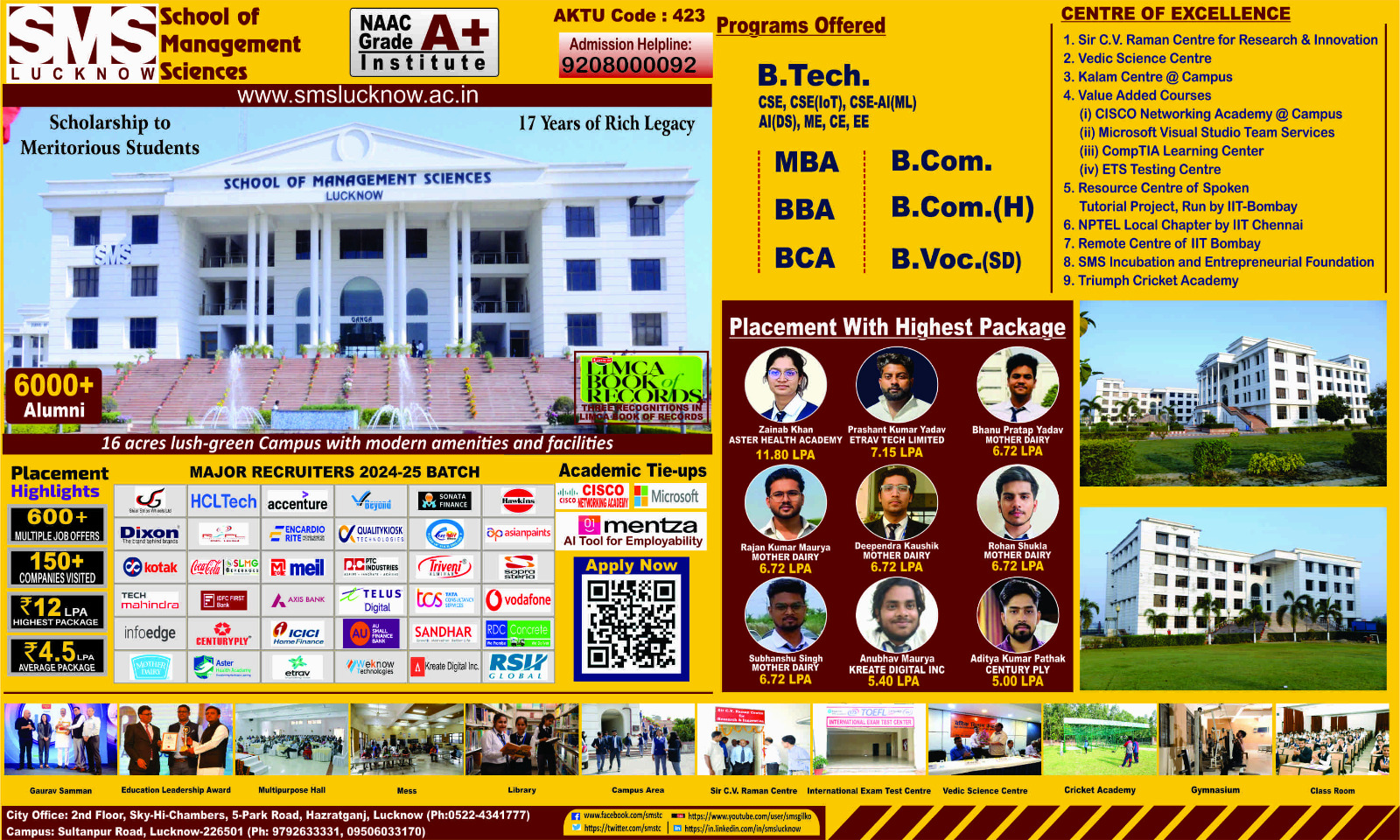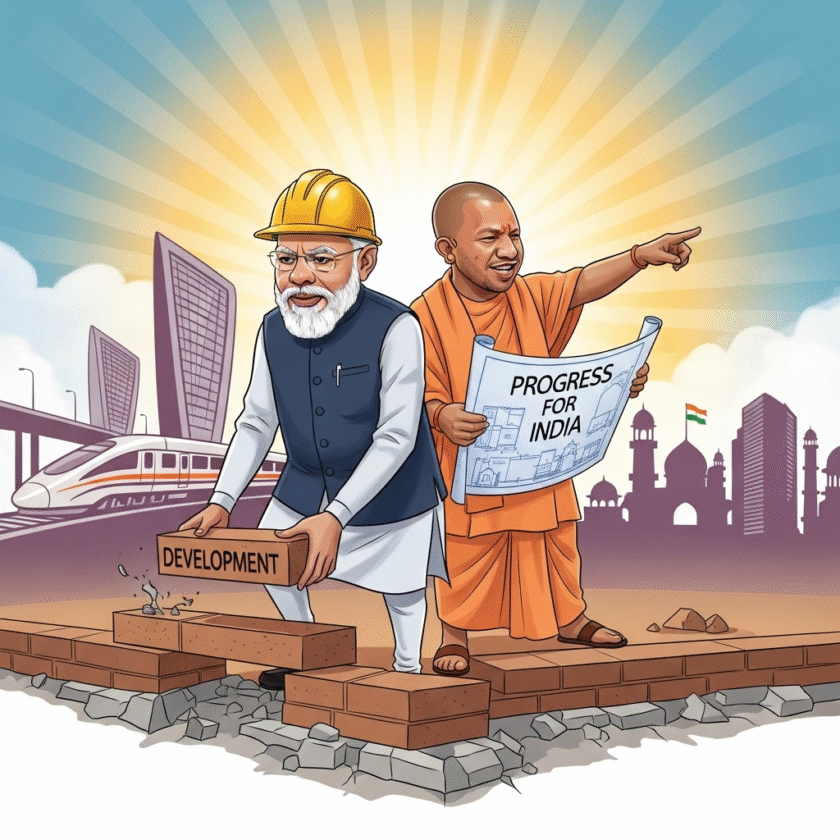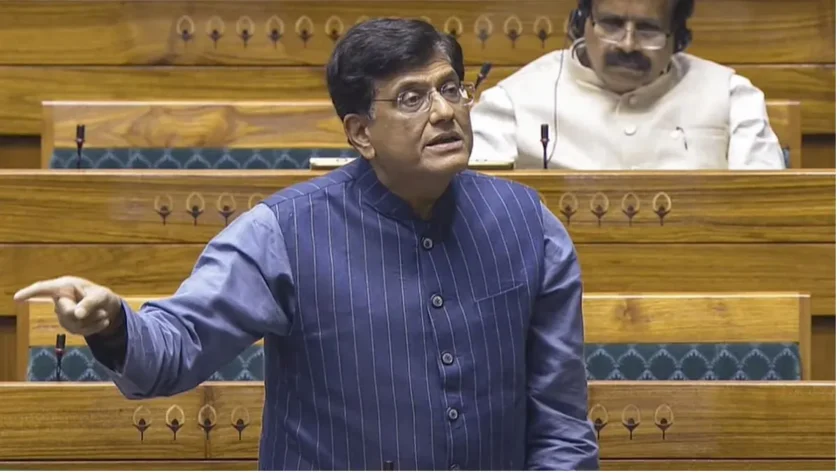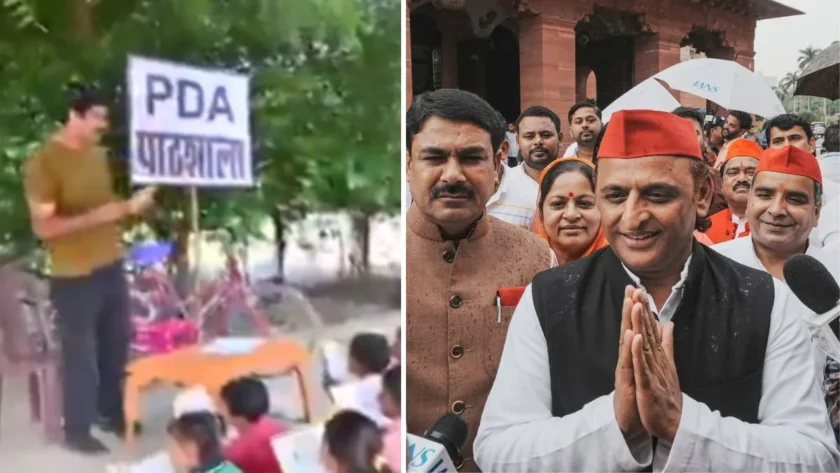Lucknow: In a significant twist ahead of the upcoming Bihar Assembly elections, the Bahujan Samaj Party (BSP) is set to make a full-fledged entry into the state’s political battlefield — and this time, the “caste card” is expected to take center stage.
Known for its Dalit-centric vote bank and social justice rhetoric, the BSP is aiming to break new ground in Bihar with a “new face, old party” strategy. While identity politics has long been a staple of electoral contests in Bihar, the entry of BSP—traditionally strong in Uttar Pradesh—has added an intriguing layer to the caste dynamics in the state.
No Alliances, All 243 Seats in Sight
Led by party supremo Mayawati, BSP has announced its intention to contest all 243 Assembly constituencies independently, shunning any electoral alliances. The message is clear: the BSP is not here just to participate but to reshape the political narrative, particularly among the Dalits, OBCs, and extremely backward castes.

To set the tone, senior BSP leader Ramji Gautam and Mayawati’s political heir apparent, Akash Anand, arrived in Bihar this week. While Gautam handled the media interactions in Patna, Akash hit the streets with a roadshow that targeted Dalit-majority constituencies, signaling the party’s intent to build grassroots momentum.
Akash Anand: The Youth Connect
Although Akash Anand remains relatively new and controversial in political circles, especially after his abrasive debut during the UP Assembly polls, his youth appeal and social media savviness may resonate with Bihar’s demography — over 58% of the population is under 25 years of age.

His focus is now on mobilizing this young, socially marginalized voter base. The BSP hopes to use this strategy not just to make electoral gains but to force other parties to clarify their own caste-based strategies.

Stiff Competition from Regional Giants
In a state where political heavyweights like Lalu Prasad Yadav, Tejashwi Yadav, and Nitish Kumar continue to dominate headlines, the BSP faces a daunting task. Nitish, now aligned with the Centre, is likely to use every trick in the book to maintain influence, while the RJD’s star campaigners — Lalu, his wife, daughter, and son — are already active across constituencies.
The BJP, meanwhile, is expected to rely on its traditional plank of nationalism and Hindutva, carving out its space even amid fractured caste equations.
Past Performance and Present Challenges
The BSP’s electoral history in Bihar has been modest at best. In 2000, it secured five seats. That number dropped to two in 2005, and in 2009’s by-election, it managed only one. Yet, Mayawati is counting on new caste engineering and generational shift to reignite the party’s fortunes in the state.
While analysts remain skeptical about the BSP’s ability to emerge as a major force, its entry is expected to split traditional vote banks, particularly in Dalit-dominated constituencies, and make the contest more unpredictable and caste-sensitive.
As election fever begins to grip Bihar, one thing is certain — with the BSP now firmly in the fray, the caste narrative will be sharper, louder, and more influential than ever.





